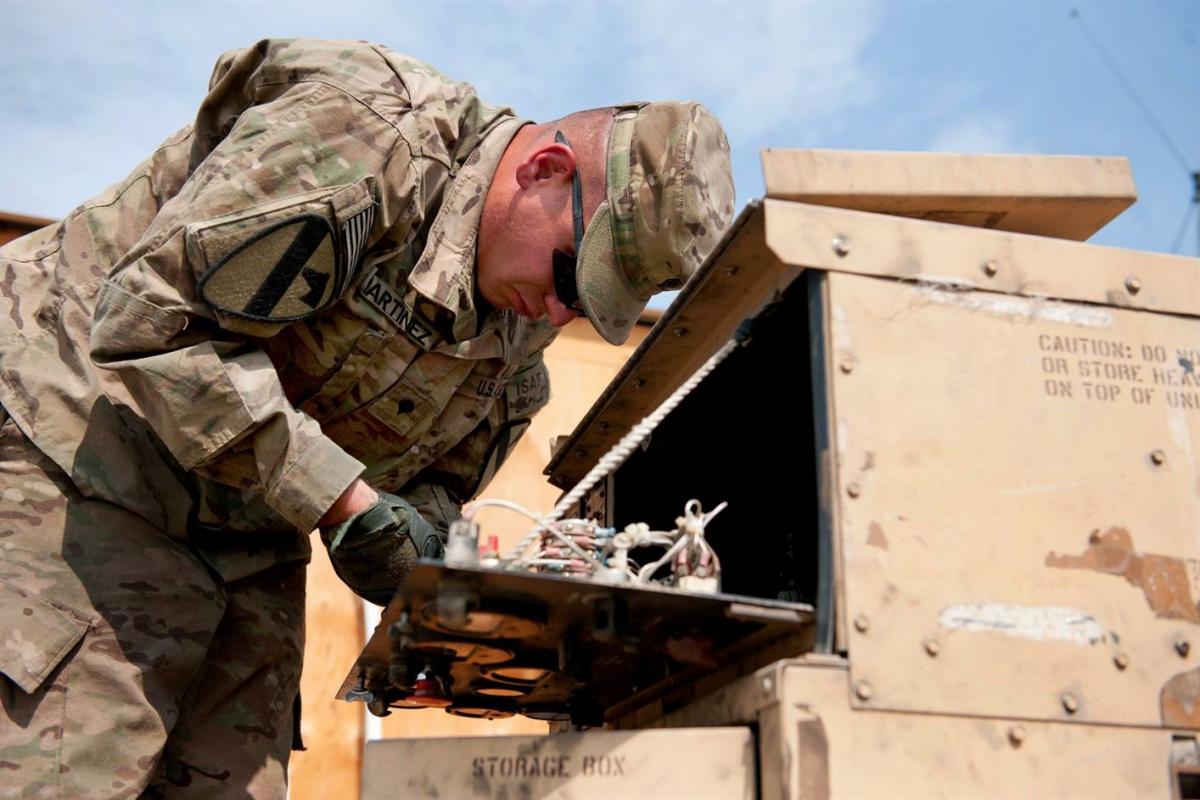Charles River Analytics Inc., developer of intelligent systems solutions, has announced two follow-on contracts in predictive systems health maintenance for the US Army. Under the E-MC2 and POWERED efforts, Charles River will use our Figaro™ technology to help predict resource gaps and faults in military operations systems. Figaro is Charles River’s open-source, probabilistic programming language for probabilistic modeling.
The Army wants to effectively manage the energy and supply resources needed to train, move, and sustain forces and systems in military operations.
“Under the E-MC2 effort, we are designing an energy and resource monitoring, prediction, and decision-support tool that uses probabilistic reasoning to construct and learn models of complex, real-world power equipment,” explained Alison O’Connor, a scientist at Charles River. “E-MC2’s models can notify leaders of potential upcoming energy and resource consumption issues.”
The Army is also looking to develop modeling tools that provide diagnostic and prognostic information about backup power equipment to avoid power failures and ensure the reliability of backup power equipment in critical situations.
“Under the POWERED effort, we are using rich, modular probabilistic modeling to predict the effects of both short- and long-term degradation on the reliability of back-up generators,” added O’Connor.
Charles River is using the flexibility of Figaro to quickly assemble models of interacting components in both efforts. In E-MC2, Charles River is building models of energy consumption and resource usage. In POWERED, we are building detailed models of power generator health and status.
Visit the Figaro page to learn more.
This material is based upon work supported by the Small Business Innovative Research (SBIR) Program and the Engineering Research and Development Center (ERDC) – Construction Engineering Research Laboratory (CERL) under Contract W9132T-17-C-0018, and by the Army Contracting Command under Contract No. W56KGU-18-C-0007. Any opinions, findings and conclusions or recommendations expressed in this material are those of the author(s) and do not necessarily reflect the views of the SBIR Program, ERDC-CERL, or the Army Contracting Command.





